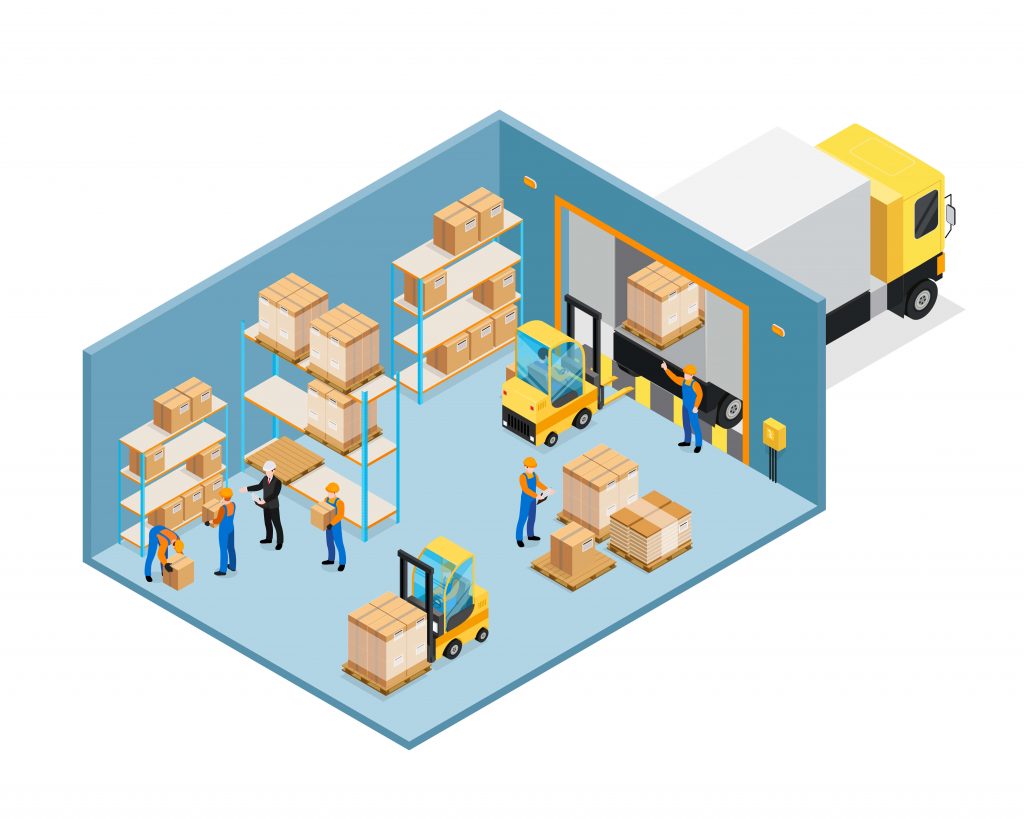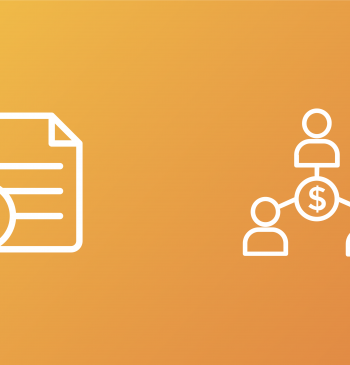03 Jun

If we talk about Inventory, it goes through many stages before it gets to the customers, from purchasing raw materials to selling finished products. Therefore, to run your business smoothly, it is essential to understand the different types of inventories. Thus, this article gives you a clear insight into inventories and their types.
What are inventories?
Inventory is the items/products owned by a company, including parts, products made, raw materials, and finished goods. The term inventory refers to the act of counting and listing items. Therefore, Inventory is usually a business’s most valuable asset that is the primary source of revenue generation.
Moreover, Inventory is used in businesses for two concerns.
Trading – The stock of goods purchased for resale
Manufacturing – In the case of a manufacturing or processing activity, Inventory consists of raw material, goods under process, and finished products.
Some important terms come in the context of inventories
Inventory accounting
It is the accounting of items/raw materials that a company uses either in production or sells
Inventory management
Inventory management tracks Inventory from purchase to the sale of goods. It is a practice to ensure that you have enough stock in hand and identify when there is a shortage.
Types of inventories/Stages of inventories
The fundamental types of inventories are as follows.
- Raw material
- Work-in-progress(WIP) inventory
- Finished Goods
- Maintenance, repair, and operation(MRO) goods
- Packing material
Other types of inventories are:
- Buffer inventory
- Transit inventories
- Cycle inventory
- Decoupling inventories

1. Raw material
Raw materials are the products/items used to prepare finished products. These are products purchased by a company from the suppliers.
For example
Suppose a business called National Bakers that makes bakeries may purchase flour and other ingredients from the suppliers, and flour is a raw material. This raw material is considered a type of Inventory.
2. Work-in-progress(WIP) inventory
These are partly processed raw materials. It is also known as semi-final goods. These are unfinished items currently in progress but not yet ready for sale.
For example
For making bakeries in which ingredients are put together but not yet baked.
3. Finished Goods
In this stage, the products are completed and ready for sale. Then, either the products are manufactured by the business itself or purchased finished goods from the supplier.
4. Maintenance, repair & operations (MRO) goods
MRO stands for maintenance, repair, and operations. MRO items are the products used during the manufacture of the products by the manufacturer or used in the maintenance of the business.
All the Items are required during the maintenance, repair, and operation. These items are consumed and discarded during the production process. But some products are stored and recorded in financial assets. Such as:
- Repairing tools
- Safety equipment
- Uniform
- Machinery
- Batteries
5. Packing material
It is a step in which businesses pack products to store or ship to customers.
There are three types of packing material.
Primary- The primary packing protects products/items, and this packaging helps make the product usable.
Secondary- A type of packing protects finished goods/items. It also includes SKU and labels information on products.
Tertiary- Bulk packing of goods/products for transport
Other types of inventories are as follows.
6. Buffer Inventory
Buffer inventory is also known as safety stock. It compensates for the negative impact of the sale and production process during the fluctuation and market movement. It consists of the items stored in the factory’s warehouse or store that save the business from an unexpected shock-like, labor strikes, delays in transport, and sudden spikes in demand.
7. Transit Inventory
Transit inventories are those items/products that moved from one place to other. Business transport raw material, Work-in-progress (WIP) products, and finished products for sale, purchase, and further processing.
8. Cycle Inventory
Cycle materials are those materials that are directly used in production and part of the production regularly. In other words, an inventory in which items are ordered in a lot of sizes and regularly.
9. Decoupling inventories
Decoupling inventories are kept in reserve to be processed by another machine if the previous machine fails to process.
For example
In our example of bakeries manufacturing, it goes to the oven for baking after the dough has been molded. The manufacturer keeps some extra pieces of molded dough that can be sent to the oven for baking after the machine is being repaired.
Conclusion
I hope the types of inventories discussed above can help you understand inventories and their types. In addition, it will help you to keep your inventory record and assist in running your business smoothly.
Shabana has been a committed content writer and strategist for over a 5 years. With a focus on SaaS products, she excels in crafting compelling and informative content.
Related Post
Copyright © 2024 – Powered by uConnect



Shabana